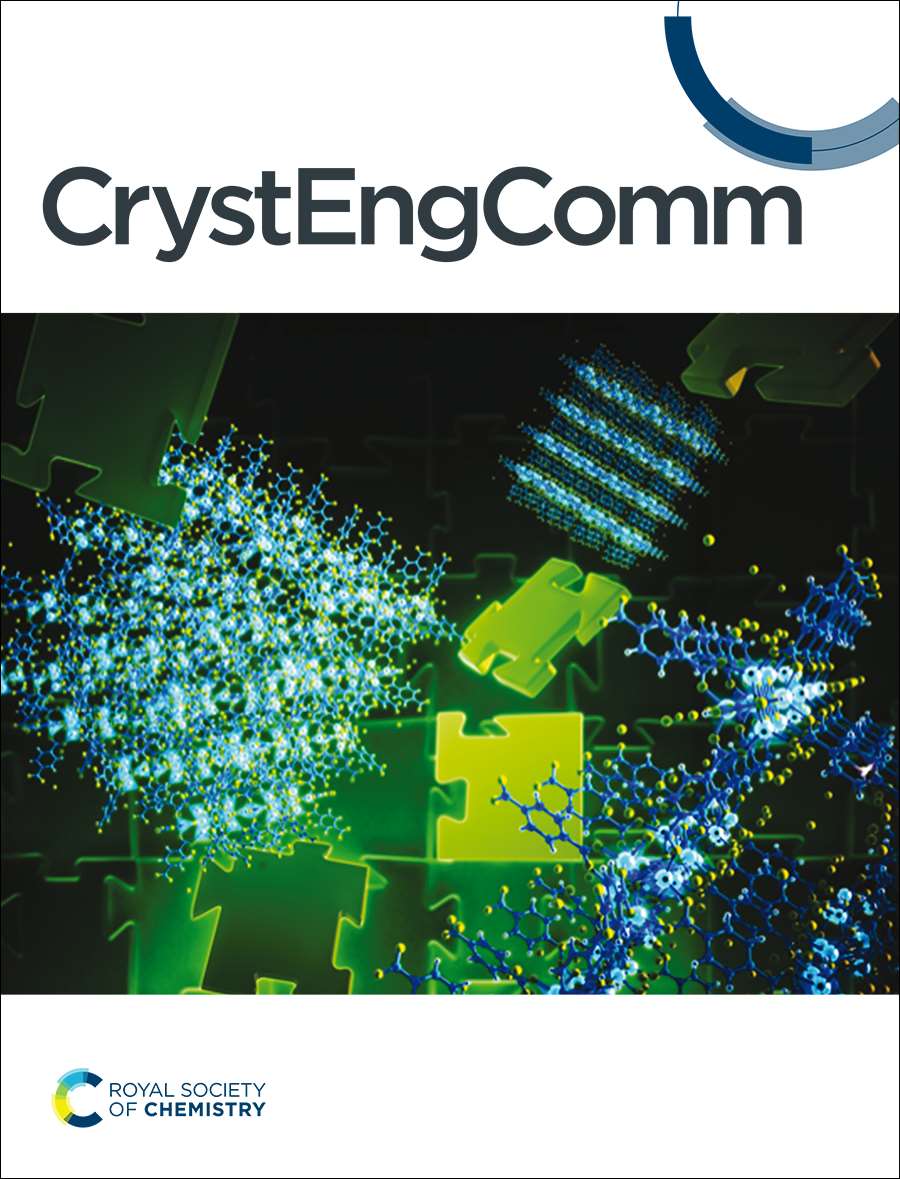再结晶溶剂形成溶剂化物的倾向
IF 2.6
3区 化学
Q2 CHEMISTRY, MULTIDISCIPLINARY
引用次数: 0
摘要
使用溶剂进行再结晶可导致溶剂化物的形成,这可能是不希望的,也可能是希望的。在此,我们对剑桥结构数据库(CSD)的沉积物进行了统计分析,旨在评估不同溶剂用于再结晶的频率及其形成溶剂化物的倾向。本文章由计算机程序翻译,如有差异,请以英文原文为准。

The propensity of recrystallization solvents to form solvates†
Using a solvent for recrystallization can lead to solvate formation, which may be undesirable or desirable. Herein, we present a statistical analysis of the deposits of the Cambridge Structural Database (CSD) aimed at assessing the frequency with which varied solvents are used for recrystallization and their propensity towards solvate formation.
求助全文
通过发布文献求助,成功后即可免费获取论文全文。
去求助
来源期刊

CrystEngComm
化学-化学综合
CiteScore
5.50
自引率
9.70%
发文量
747
审稿时长
1.7 months
期刊介绍:
Design and understanding of solid-state and crystalline materials
 求助内容:
求助内容: 应助结果提醒方式:
应助结果提醒方式:


